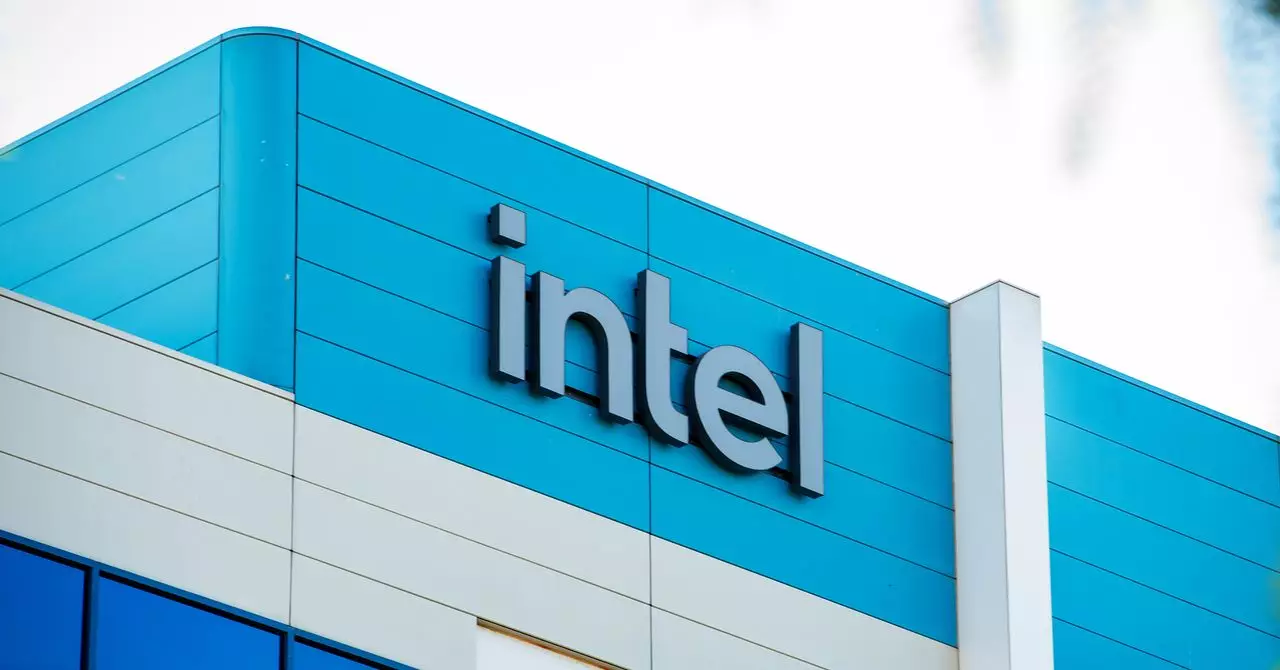In a moment that brought fleeting hope to Silicon Valley, U.S. President Donald Trump’s announcement regarding tariff exemptions initially felt like a victory for the semiconductor industry. For a brief period, tech companies rejoiced, believing that they were shielded from looming import duties that could cripple pricing and manufacturing on a global scale. However, this sense of relief was short-lived as the details unfolded, revealing that the exemptions were not as sweeping as many had hoped. The underlying complexities of the tariff structure might mean that these supposed reprieves could actually usher in a series of new challenges for the industry.
With the tariffs in question, it became evident that only a select few semiconductor-related products were deemed exempt. This narrow exemption meant that many American tech firms could still face substantial import costs on crucial semiconductor components. As a result, while U.S. manufacturers may theoretically navigate these tariffs more easily, the reality is that a significant number of semiconductor products, particularly those integrated into devices like servers, graphics processing units (GPUs), and smartphones, remain caught in the tariff net. This leads to a paradox where the relief is seemingly limited, and the actual impact stretches far beyond what was initially announced.
The Hidden Costs of Exemptions
A closer examination of the tariff exemption hints at a more precarious situation for American tech companies. The exemptions do not cover a wide array of critical chip-related goods, effectively translating to a “hidden” 40% import duty on many of the products that fuel the semiconductor industry. This means that even if certain chips can bypass tariffs, they are contingent on an environment where nearly everything else they are integrated into remains subject to increased costs.
Stacy Rasgon, a senior analyst covering semiconductors, aptly characterizes the industry as being “macro-exposed,” which is a concern that reverberates through every layer of the production ecosystem. The semiconductor industry is tightly interwoven with various sectors of the economy – monitoring the health of consumer products ranging from automobiles to refrigerators. The exception for semiconductor imports may ultimately fail to mitigate the broader economic pressures that compound when product categories are not exempted.
Complexities in Tariff Classification
At the heart of this tariff-related chaos is the Harmonized Tariff Schedule (HTS), a convoluted system that assigns numerical codes to products to determine applicable rates. This system has always been complex, but the current scenario emphasizes its limitations. For instance, while more advanced GPUs might find themselves classified as exempt, other essential components designed for similarly advanced technology may not be afforded the same luxury.
Take Nvidia’s DGX systems, which combine GPUs pre-configured for demanding AI tasks. They fall under a HTS code that does not enjoy import duty exemptions. Such intricacies force companies to invest significant time and resources into navigating tariff classifications, potentially detracting from their core mission of innovation and technological advancement.
The Long-term Ramifications
As tech companies grapple with these new tariffs and exemptions, their ability to invest in growth and innovation may be substantially compromised. Martin Chorzempa, a senior fellow at the Peterson Institute for International Economics, puts forth a critical perspective: the investments, such as those amounting to billions of dollars, will yield diminishing returns as manufacturers must now contend with an increasingly hostile economic environment.
Moreover, the ripple effects of these tariffs extend beyond the companies directly involved in semiconductor production. The U.S. economy, heavily reliant on a myriad of consumer products, stands to suffer if the interconnected chains of supply are disrupted. Therefore, the current situation highlights a crucial flaw: while tariffs are politically charged tools used to boost domestic production, their outcomes might be antithetical to the intended goals.
In the end, what initially seemed like a protective measure for the semiconductor industry might morph into an unforeseen burden, complicating operations and stifling growth. The vigilant eye of the industry will need to scrutinize future developments as unresolved uncertainties continue to loom over the technological landscape.

